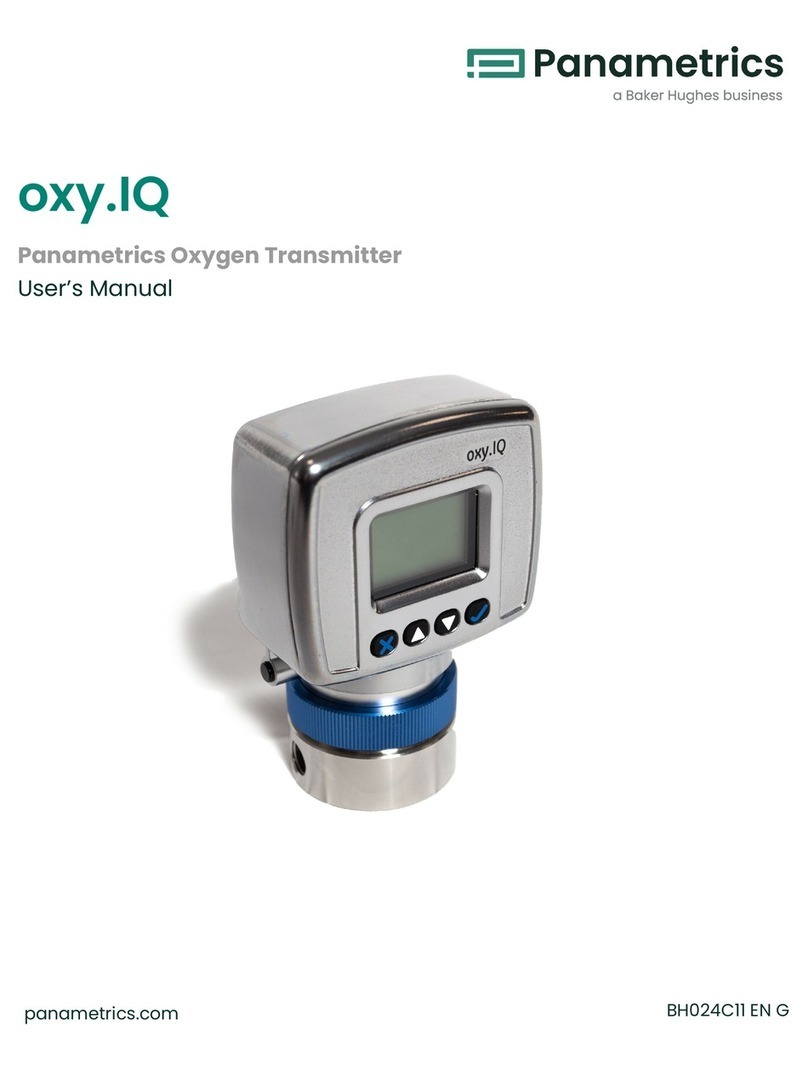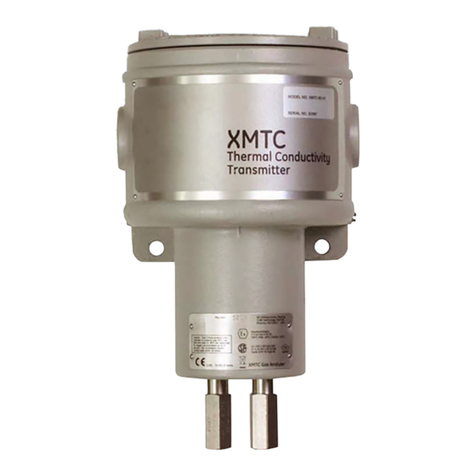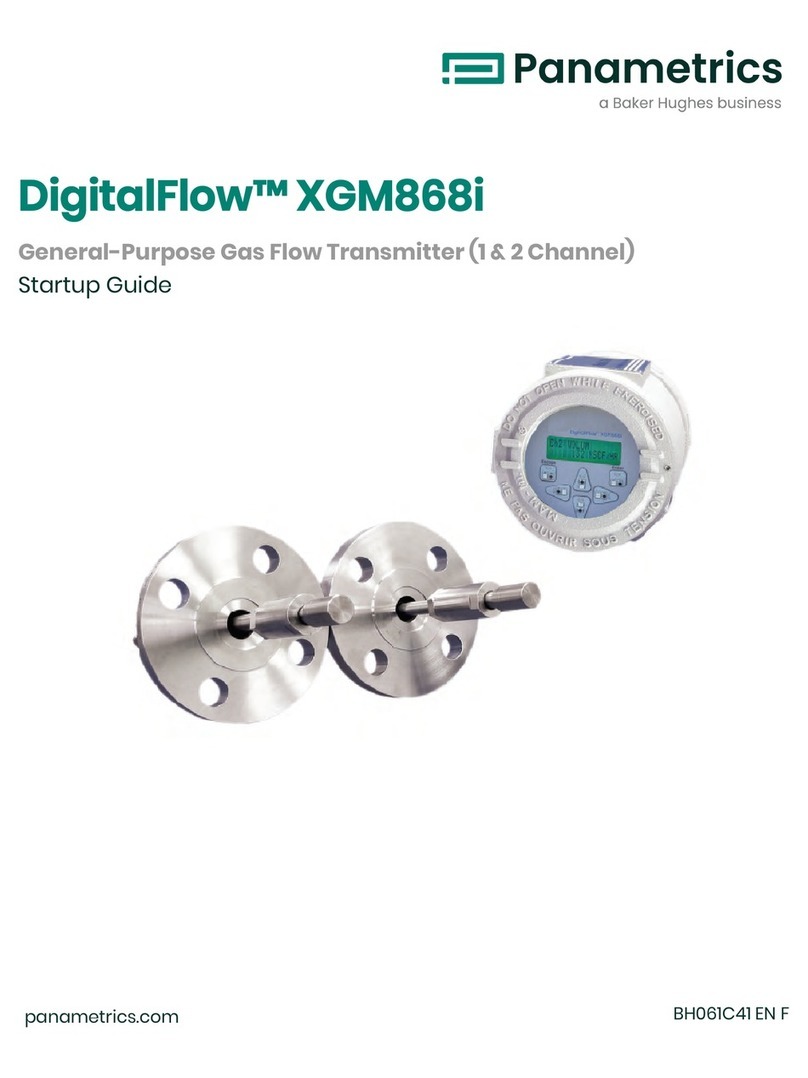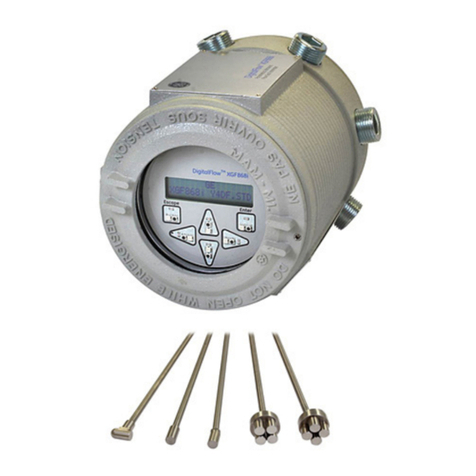
Masoneilan 12400 DLT UKCA Instruction Manual | 6
Copyright 2021 Baker Hughes Company. All rights reserved.
8. Set Up and Start Up
• These operations must be done in conformance with
EN/IEC 60079-17 and / or national and local regulations
applicable for explosive atmospheres.
• Before carrying out any work on the device, check the local
conditions are free of potentially explosive atmosphere for
safe opening of the covers.
• The Push Buttons (rep 260) can be used for SETUP
operations in zones 0, 1 and 2.
• For using HART communication tools, please be under the
requirements dened in §10.
• During SETUP operations, the 12400 is no longer in
NORMAL operation. The analog outputs signals coming from
AO_1, AO_2, DO_1 and DO_2 could be not in accordance
with the process monitoring.
The following coupling, configuration or calibration operations
are only necessary when they have not already been carried
out by the manufacturer or by the end user. In all cases, check
that the operations comply with the instrument’s intended use.
• Refer to ANNEX II for the pushbutton menu owchart.
• Please refer to the 12400 Instruction and Operation Manual
IOM GEA19367 to complete the following actions.
8.1 Coupling
The coupling operation must be carried out before configuration
and calibration. It consists of correctly positioning the sensor
onto the torque tube.
8.2 Configuration
This operation must be carried out before the calibration done
and defined the working of the 12400. The main parameters are:
• Transmitter type:...................................level or interface
• Mounting: ..............................................left or right
• Current action for AO_1 and AO_2:.....direct or reverse
8.3 Calibration
This operation requests to simulate or to change the level of
liquid or the interface between two liquids. The basic operations
can be resuming by:
• Recording of specic gravities of calibration and service.
• ZERO (Low level) and the SPAN (High level) calibration.
8.4 Start up
Before to power up the digital level transmitter and controller
type 12400, check that:
• The 12400 is in NORMAL mode.
• The covers are fully screwed (rep 104, 107, 255 and 280)
and the security cover screws are well locked (rep 106, 110
and 257).
9. Maintenance and Service
9.1 General Rules
These operations must be put into service in conformance
with EN/IEC 60079-17 and / or national and local regulations
applicable for explosive atmospheres.
9.2 Before Maintenance Activity
Before carrying out any work on the device, check the local
conditions are free of potentially explosive atmosphere for safe
opening of the covers.
9.3 During Maintenance Activity
• Take into account all special conditions of use listed §10.
• Pay particular attention to the following points:
– Check that no part of the type 12400 is damaged. In
the event of damage, replace the defective parts with
genuine manufacturer's replacement parts only.
– Check that the pressure limiting plug at the back of
the mechanism compartment (rep 190) and its spongy
gasket (rep 192) are presents without any damage.
– Check the main cover seal (rep 109), the terminal
compartment seal (rep 105) and the mechanism
compartment seal (rep 108) are free of any damage.
– Check the 12400 housing and the magnet assembly
(rep 50) inside the mechanism compartment are free of
any damage.
– Check the gland and the electrical connections.
– To proceed to a cleaning of the different sides of the
enclosure to avoid the deposits of dusts for instruments
working in zones 20, 21 and 22.
9.4 After Maintenance Activity
After doing any work on the device, check the covers are fully
screwed (rep 104, 107, 255 and 280) and the security cover
screws are well locked (rep 106, 110 and 257).
10. Special Conditions of Use
10.1 For Intrinsic Safety and
Flameproof
• It is under the user responsibility to check once a year the
gasket and in the event of damage to replace the defective
parts with manufacturer's replacement parts only.
• The user will have to check the temperature increase on the
12400 head coming from the mechanical part in contact with
the 12400 housing or through the process thermal radiation
be less or equal than the temperature classication allowed.
This must be done in conformance with EN/IEC 60079-14
and / or national and local regulations applicable for explosive
atmospheres.

































